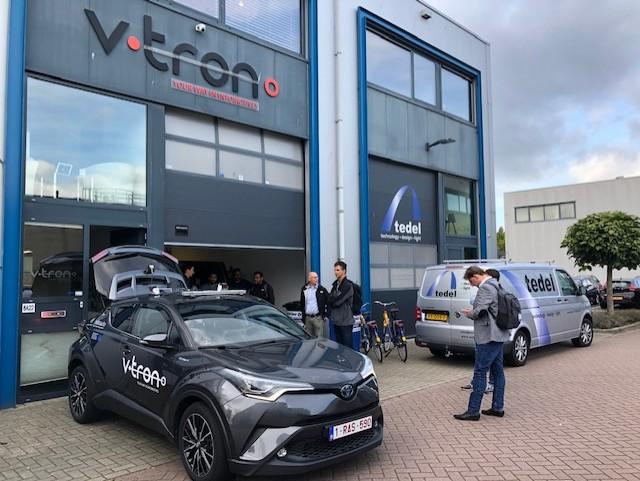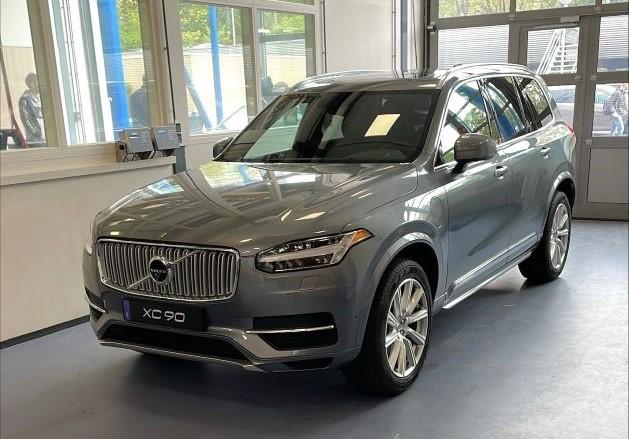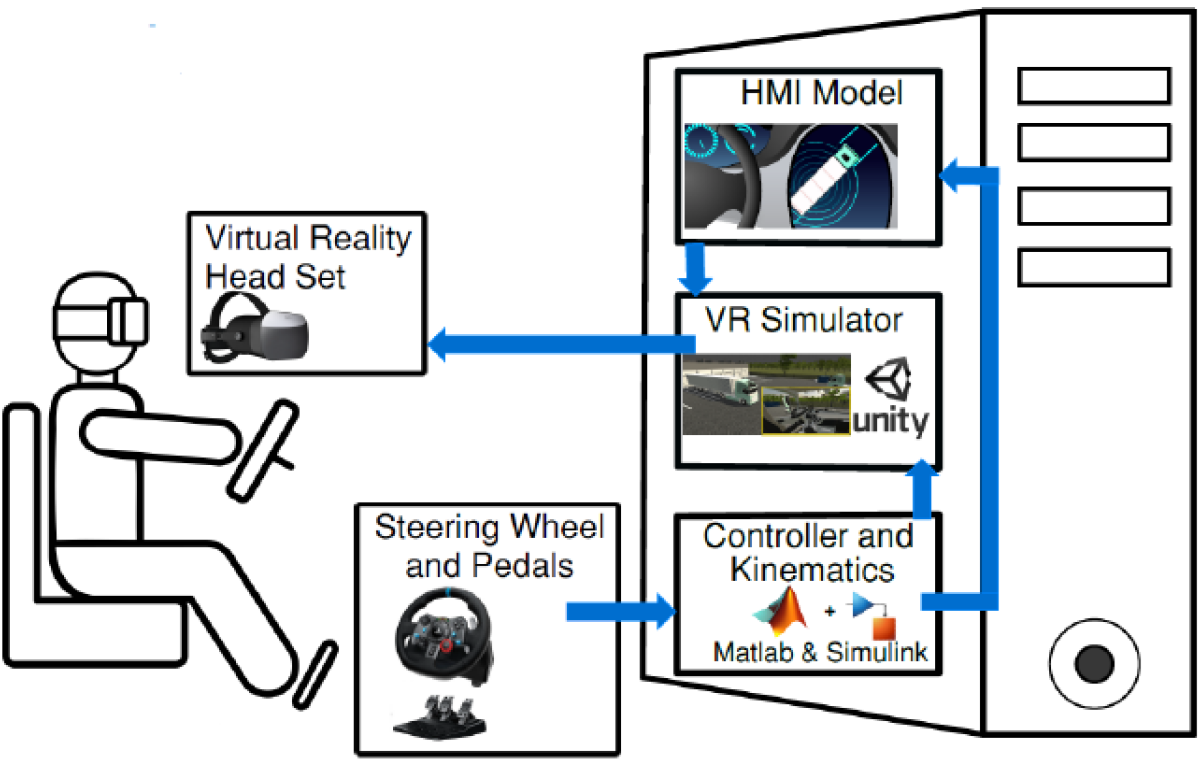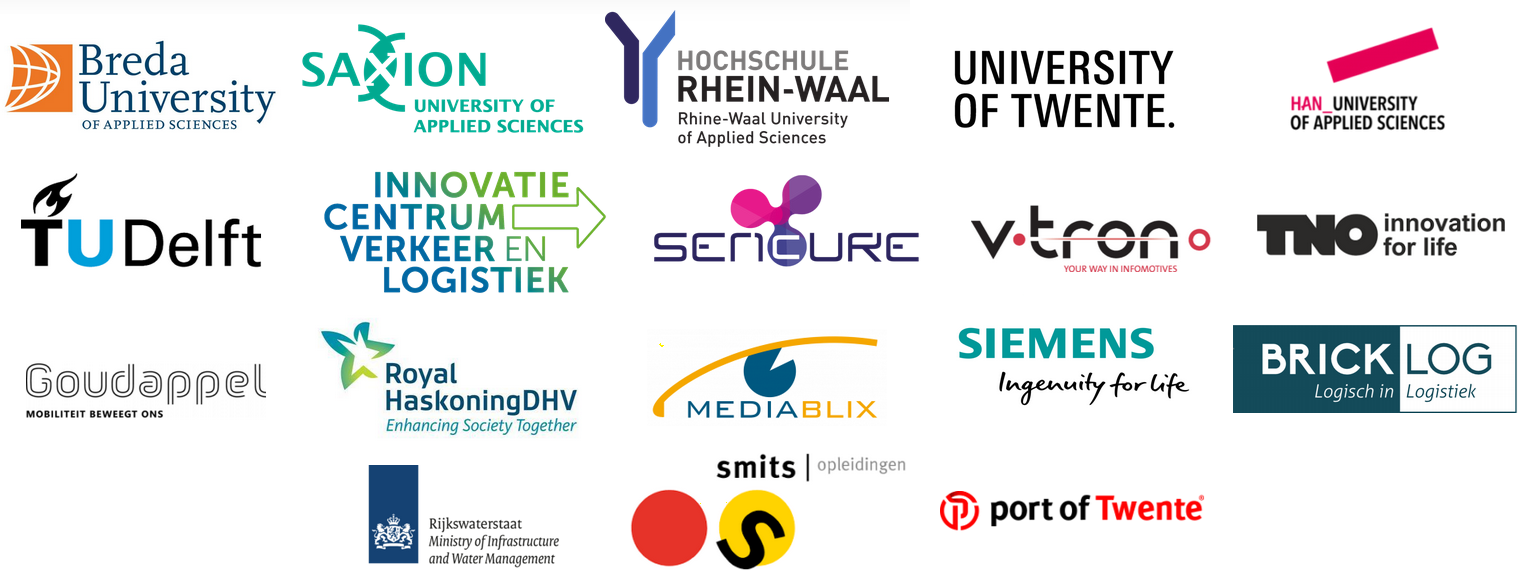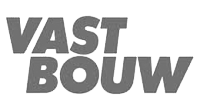Purpose of HUBRIS
HUBRIS is a collaboration between 18 partners and 5 supporting organisations to promote the use of Automated Driving Systems (ADS) by enabling the systems to exhibit more human-like behaviour; the human counterpart.
HUBRIS stands for HUman-like Behaviour of Robotic In-vehicle Systems: the development of a high-level self-learning control system, namely a “human counterpart”, to bridge the gap between drivers and ADS.
HAN Automotive Research is leading the project.
ADS supports drivers only within predefined safety and comfort margins without taking into account the perspectives and needs of drivers, preventing them from behaving naturally and interacting with drivers and other road users.
This creates a gap between drivers and ADS, causing drivers to doubt the usefulness of ADS, negatively affecting the acceptance and use of ADS, and limiting the safety potential of ADS.
That is why HUBRIS aims to develop a high-quality controller, namely the human counterpart, to bridge the behavioural gap between drivers and ADS. The human counterpart will improve coordination and cooperation between drivers and ADS by observing the driver’s preferences and translating them into functional ADS settings, for example, adjusting the driving time for adaptive cruise control (ACC) depending on the situation.
Project approach HUBRIS
HUBRIS is operationally managed by the Project Board, which consists of the work package leaders and the project manager. The project planning is divided into six-month “sprints” and will be continuously adjusted based on the latest insights.
HUBRIS investigates an innovative idea and therefore contains research, design and development elements that are typical of practice-oriented technical research. The central research question – which arises from market demand and the above discussion – is as follows:
How do you develop and demonstrate a human counterpart system that can enable socially responsible human-like behaviour for automated driving systems?
In order to answer this research question, several necessary elements must be examined, which are addressed in the following sub-questions:
- Question 1. How can the requirements of the driver’s perspective (safety, comfort and confidence) and sensor data (vehicle and driver status) be defined to enable the development and assessment of the human counterpart?
- Question 2. How can the system architecture, specifically in relevant use cases, be developed to support model-based development?
- Question 3. How can the human counterpart system be tested and improved in a (safe) interactive environment with drivers?
- Question 4. How can the developed system be practically implemented and demonstrated in real-life situations?
- Question 5. How can the resulting knowledge and methods be optimally communicated and made available to a wider audience?
Contact V-tron:
Expected results:
On 5 October 2023, V-tron hosted the plenary HUBRIS Community Meeting.
During this consultation, a more specific focus for the project was discussed, as had been discussed in separate focus meetings in September. For the time being, the project will focus on anticipatory and reactive behaviour of ADS systems that is perceived as “comfortable and safe”. The focus is on the perception of people in the ego vehicle, looking only at the longitudinal behaviour of the ego vehicle (“stay-in-lane”).
During the visit to V-Tron, the test vehicle was on display and a tele-operation setup was demonstrated in operation.
On 26 April 2024, a Volvo XC90 arrived at HAN University of Applied Sciences. This vehicle was provided by Volvo Netherlands.
For HUBRIS, the XC90 is being modified to serve as a driving simulator. Together with V-tron and Hochschule Rhein Waal, HAN previously developed a driving simulator for truck docking for the VISTA project. For HUBRIS, the parties are once again collaborating on a passenger car variant based on this Volvo.
Challenges
The Virtual Reality tests are conducted in a simulator (the passenger seat of the XC90) to measure not only the psychological effects of ADS but also the physical effects. Four components are used for this: people, hardware, software and a geographic information system (GIS).
This section focuses on virtual reality-based driving simulators to create an interactive ‘driver-in-the-loop’ (DIL) environment to study the behaviour of drivers with and without ADS. This will create a database that can be used for the development and assessment of the effect of the human counterpart system. The database will be made freely accessible in accordance with data ethics requirements.
The market parties, including V-tron, are responsible for sub-study 4. V-tron is responsible for developing automated driving functions, which involves not only the development of the hardware, but also its integration into everyday practice, usually through after-market installation.
With the results of the earlier sub-studies 1, 2 and 3, the engineers of the partners involved in sub-study 4 will set to work on creating hardware that can be built into a test vehicle, which will then be used for demonstrations, giving “ordinary” drivers the opportunity to experience the possibilities of human-like ADS.
Substudy 4 will also include a study to determine the practical applicability of the system in a broader context.
Project partners:
HUBRIS is a RAAK-PRO project co-funded by the SiA (promotion of practice-oriented research at universities of applied sciences) with a duration from January 2023 to December 2026.




